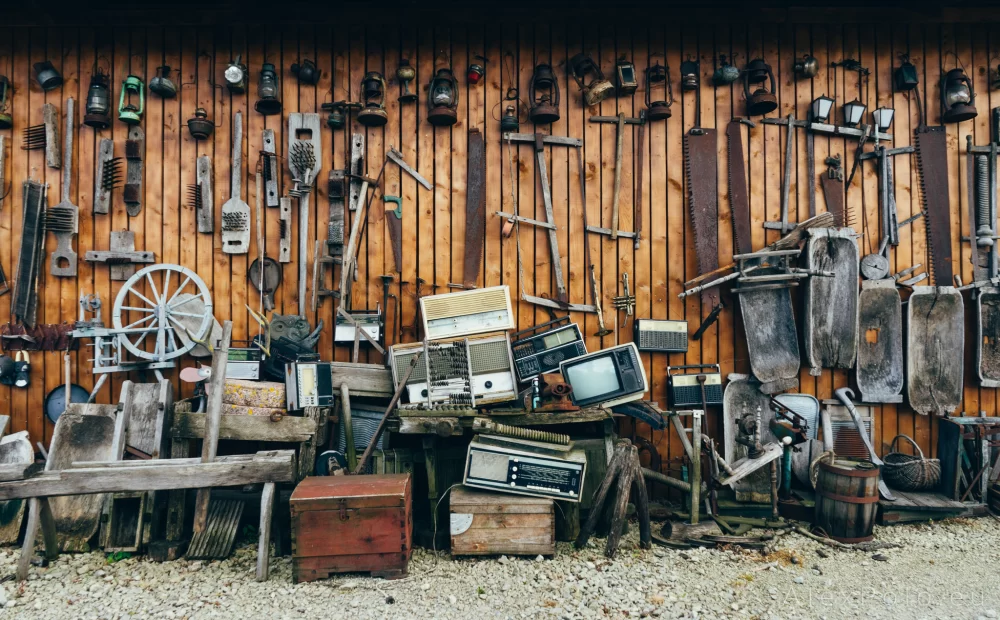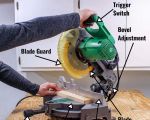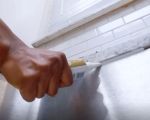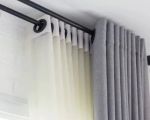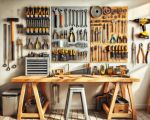Essential Table Saw Safety Tips for DIYers
As a DIY enthusiast, using a table saw can significantly improve your woodworking projects. However, it's also one of the most dangerous tools in any workshop if not used correctly. I’ve had my fair share of close calls and learned valuable lessons along the way. To help you avoid accidents, I've compiled some must-know safety tips that will not only protect you but also ensure you get the most out of your table saw. Let's dive in!
1. Understand the Table Saw Before Use
Before you even start cutting, it’s crucial to familiarize yourself with the table saw’s basic components and how they work together. The saw blade, rip fence, miter gauge, and safety features all play an integral part in your safety. Spend time reading the manual and understanding the settings, blade adjustments, and how to switch between different cutting angles.
In my early days, I used to jump right into cutting without paying enough attention to the saw's setup. It wasn’t until I made a simple miscalculation that I realized the importance of a proper setup. Since then, I always double-check the saw’s settings before starting a project.
2. Always Use the Right Blade for the Job
Different cuts require different blades. A blade meant for ripping wood won’t perform well when crosscutting, and vice versa. Not using the correct blade for your specific task can lead to dangerous kickbacks, inaccurate cuts, or worse, injury. Always ensure you’re using the correct blade for the material and the cut you plan to make.
For example, when I worked on a detailed hardwood project, I learned the hard way that using a crosscut blade instead of a ripping blade led to jamming, causing a sudden lurch forward. I could’ve avoided that close call if I had simply used the right blade for the job.
3. Keep the Blade Guard in Place
One of the most important features of a table saw is the blade guard. It shields you from direct contact with the blade while still allowing the material to pass through. Many DIYers, especially beginners, make the mistake of removing the blade guard for easier visibility or more space, but doing so drastically increases the risk of accidents. Always keep the guard in place while cutting.
I once removed the guard thinking I had more control over the wood, only to have my hand too close to the blade. That moment taught me just how crucial it is to use all safety features that come with the tool.
4. Use Push Sticks and Push Blocks
When cutting narrow pieces of wood or making intricate cuts, always use push sticks or push blocks to guide the material. These tools keep your hands at a safe distance from the spinning blade, reducing the risk of a hand injury.
There was a time when I underestimated how close my hand was to the blade while cutting thin strips of wood. A push stick could have saved me from a potential accident. I now use one for every cut, no matter how simple it seems.
5. Maintain a Clean and Organized Workspace
A cluttered workspace can lead to accidents. Loose wood pieces, sawdust, and even unnecessary tools can interfere with your cuts and cause you to lose control of the material. Keeping your workspace clean not only enhances safety but also improves the quality of your cuts.
In the past, I’ve gotten distracted by scraps scattered around my workbench, which once led to a piece of wood slipping and jamming in the blade. Now, I take the extra time to clear my area before starting any new cuts.
6. Don’t Skip Safety Gear
Protecting yourself goes beyond just using the table saw correctly. Always wear the necessary safety gear: eye protection, hearing protection, and dust masks. Table saws can generate a lot of flying debris, and the noise can be quite damaging to your ears over time.
After experiencing the discomfort of eye irritation from flying sawdust during a project, I made sure to always wear protective glasses and earplugs. It's a simple step that can save you from long-term issues down the road.
7. Double-Check the Rip Fence Alignment
The rip fence is one of the most important parts of your table saw for making accurate cuts. If the rip fence is not properly aligned, it could lead to crooked cuts, wasting material or worse, causing the material to catch and create kickbacks. Regularly check and adjust the rip fence to ensure it’s parallel with the saw blade.
One incident that comes to mind is when I once attempted to rip a piece of plywood without ensuring that the rip fence was perfectly aligned. The result was a jagged edge and a ruined piece of wood. It taught me to always double-check this simple yet crucial alignment.
8. Avoid Distractions
Operating a table saw requires focus and attention. Distractions such as loud conversations, phone calls, or background noise can cause you to lose focus and make mistakes. Always keep your attention on the saw and the material you’re cutting.
When I was working on a project with friends one afternoon, we got so caught up in conversation that I almost missed a safety precaution and made an unsafe cut. Since then, I make it a point to work in a quiet environment where I can focus entirely on the task at hand.
9. Practice Proper Feeding Techniques
Feeding material into the table saw too quickly or with improper force can cause kickbacks or rough cuts. Always feed material slowly and steadily, keeping control over the piece. Never rush the process, even if you're eager to finish a project.
I've been guilty of rushing through cuts before, but now I always maintain a steady, slow pace. It's made a world of difference in both the safety and precision of my cuts.
10. Regular Maintenance is Key
Maintaining your table saw is just as important as using it safely. Regularly clean and lubricate moving parts, check for any damaged components, and ensure that all safety features are in proper working condition. A well-maintained saw will not only last longer but will also operate more safely.
After I neglected my saw for a while, I noticed the motor was overheating and the blade was getting stuck during cuts. A quick clean and oiling fixed the issue, reminding me that a well-maintained tool is a safe tool.
Following these tips will help ensure that your woodworking projects are both enjoyable and safe. As a DIYer, nothing is more rewarding than finishing a project while knowing you’ve prioritized your safety and the longevity of your tools. Stay safe and keep creating!

